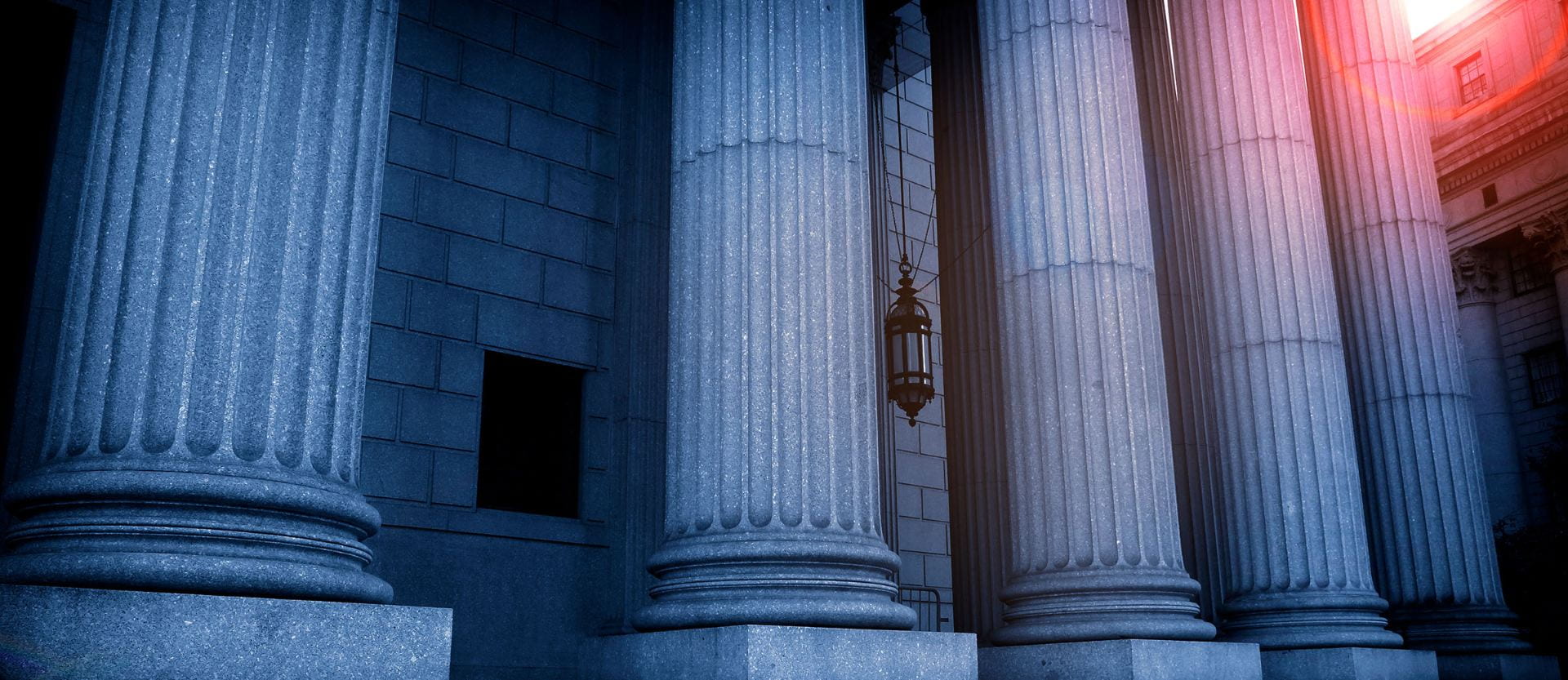As policymakers around the globe debate options to incentivize retirement savings, new research uncovers some game-changing facts. The two main competing options consist of traditional tax-deferred savings vehicles like 401(k)s and IRAs, in which savers contribute pretax money and pay tax on withdrawals, as opposed to Roth-type plans, whereby savers pay taxes first and withdraw funds tax-free upon retirement. Professor Mattia Landoni and his co-author find that under a Roth-type regimen, government fares better, largely because of investment fees that government implicitly pays in traditional tax-deferred accounts. Landoni recently presented “Should the Government be Paying Investment Fees on $3 Trillion of Tax Deferred Retirement Assets?” to the Federal Reserve Bank of Boston.
When the research compares the two systems without taking into account investment fees, both government and savers are indifferent: savers can achieve the same level of consumption during both working life and retirement, and the present value of government tax revenues is constant.
Things change when the authors add investment management fees into the mix. Assuming fees are fixed as a percent of assets under management, they show that individuals are still indifferent to the timing of taxation, but the government is not. The government implicitly owns a share of all back-loaded retirement accounts (like Roth-type plans). That’s about $2.9 trillion of the $15.3 trillion currently in plans. The government, according to the research, is effectively paying investment fees on this share, something avoided under front-loaded taxation. The study estimates this cost to the government at $15 billion per year, “about the same as the whole budget of NASA,” Landoni says. If state and local government and defined corporate benefit plans of $7.1 trillion were included, another $1.4 trillion would be added to the government’s virtual share.
The cost to the government is a de facto subsidy to the financial services sector. The authors find that traditional back-loaded taxation is more expensive for the government and also produces a larger asset-management industry.
“The cost to the government is a de facto subsidy to the financial services sector. The authors find that [traditional] back-loaded taxation is more expensive for the government.”
In the U.S., there is $22.4 trillion in tax-deferred retirement assets. The government is leaving money on the table, based on the subsidizing of investment fees. Running retirement plans and managing assets requires record keepers, asset managers and financial advisors. The fees for this service are typically charged as a percentage of assets under management. “It is not clear that individuals who pay higher fees on retirement accounts receive any additional benefits as a result,” according to the authors. In addition, even if some do receive benefits, many of these benefits cancel out in aggregate for the government, which owns a fraction of every tax-deferred account.
“Right now, the government is counting on around 20 percent of outstanding tax-deferred assets,” Landoni explains. “In the future, these assets will turn into tax revenue; but now, they are a $2.9 trillion account that belongs to the government.” If we were in a Roth-only world, “the government would have already received the money, and paid down Treasury bonds,” he notes. “There would literally be fewer assets in circulation. Thus, retirement accounts would be smaller, as would the fees being paid.”
The authors suggest that the average fees paid by investors (and government) are about 80 basis points or .80 percent. In comparison, the federal government’s Thrift Savings Plan (TSP) pays average fees of four basis points on its indexed funds. “With lower fees, if extra assets were in the TSP, a sovereign wealth fund, or an efficient fund structure, we would not be so concerned,” suggests Landoni.
In the authors’ model, when presented with a choice between Roth and traditional accounts, savers are indifferent. “However, with traditional accounts, taxpayers are stuck with a higher tax bill and ultimately enjoy fewer goods and services,” says Landoni. “Since in our model, taxpayers and savers are the same people, Roth accounts are ultimately better for savers too.”
Landoni and his co-author conclude that while savers and taxpayers are getting shortchanged, the asset management industry’s growth is magnified by government policy.














